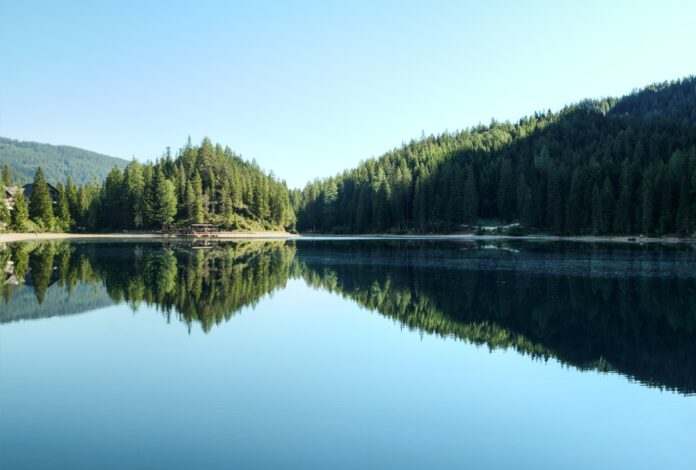Canada is made up of over 900,000 lakes, most of which serve as vital resources for Canadians. This ranges from supplying drinking water to recreational activities like fishing and swimming to nurturing mental well-being.
However, many Canadian lakes are faced with substantial risks due to human-induced pressures, such as urbanization, deforestation, rising pollution, and the pervasive impact of climate change. Surprisingly, limited research has been conducted to identify which lakes suffer the most from these pressures, making this an imperative area for investigation.
To address this gap, MSc Candidate Andréanne Dupont from the University of Montreal’s Department of Biological Sciences conducted a study on the social-ecological state of some lakes in Canada. Published in Canadian Science Publishing, the study aimed to assess alterations, threats, and recreational use of 659 lakes across southern Canada, predominantly close to urban centres.
The data used in preparation for this study was collected from three sources: NSERC Canadian Lake Pulse Network – Lake Survey to assess lake alterations; the World Wildlife Fund Canada to assess lake threats; and Statistics Canada surveys to assess recreational use of lakes across southern Canada.
The findings revealed that lakes surrounding Ontario’s Greater Toronto Area displayed significant alterations and threats as well as high recreational use. Similarly, the Lower St. Lawrence River and Halifax regions exhibited highly altered lakes that were actively used for recreational purposes, albeit facing relatively lower immediate threats.
Conversely, the lakes in the regions of southeastern Ontario, southern Quebec, and lower British Columbia exhibited a relatively unaltered state, but also had high threat levels and high recreational use. On the other hand, lakes near Saskatoon and Edmonton were used less for recreation but faced considerable alterations and threats due to agricultural and urban development.
Overall, the study’s findings highlighted a strong link between urban and agriculturally developed areas and increased vulnerability among lakes in southern Canada. Notably, the most vulnerable lakes were found in the southernmost regions of Canada, calling for urgent management interventions to preserve their health.
This study not only emphasizes the pressing need for targeted lake conservation strategies, but also provides a roadmap to identifying other vulnerable lakes across Canada.








































